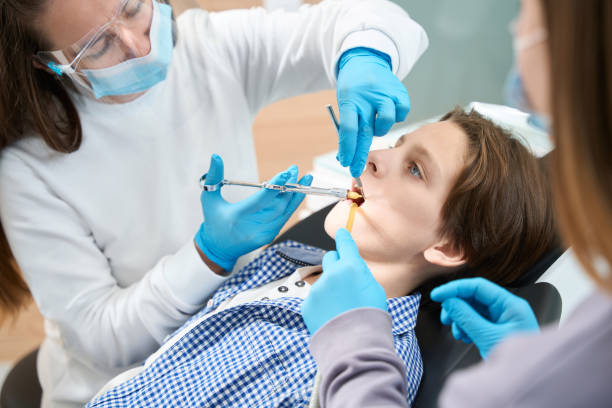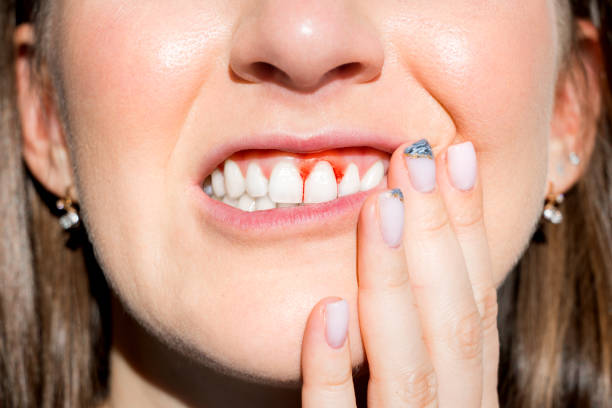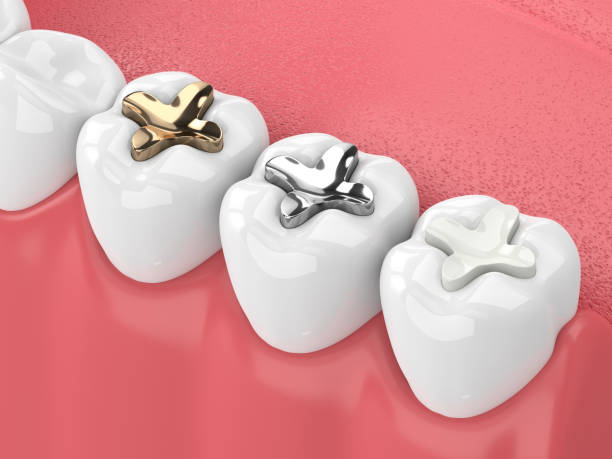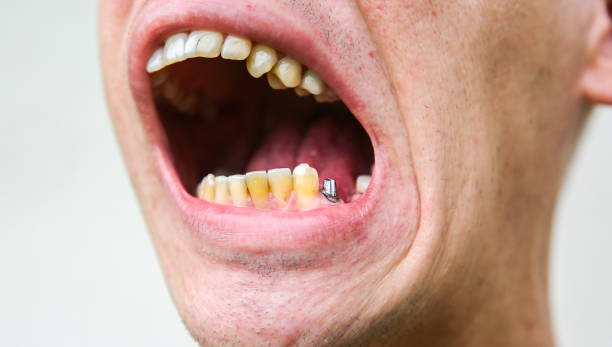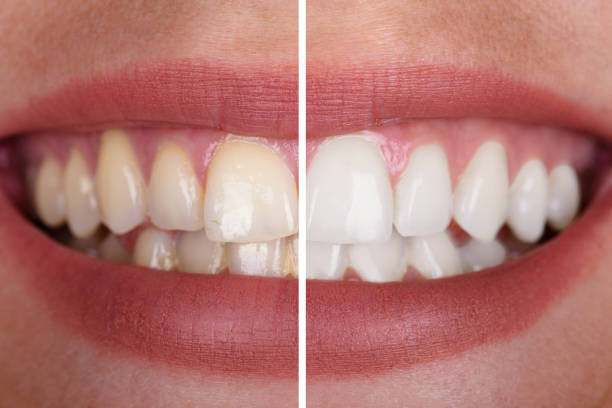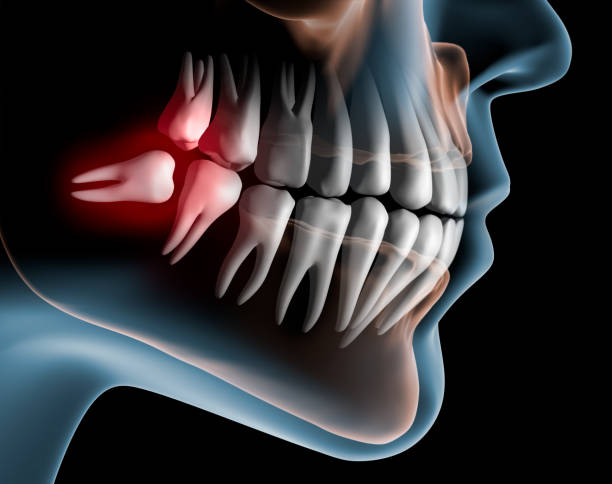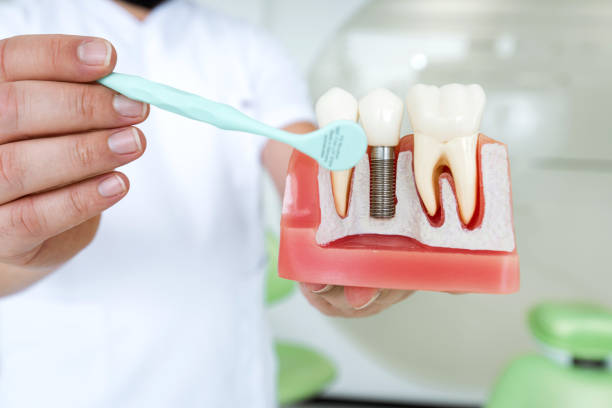Although a loose tooth is common in children, it can also be unsettling for adults. Any number of factors, including bad oral hygiene, advanced gum disease, teeth grinding, chewing on hard foods, and mouth injuries, can weaken or loosen a tooth. How to pull a tooth?
Pulling out loose baby teeth can be a fun family activity or even a way for your child to feel more independent and in control of their own body.
Never remove an adult tooth yourself, though. To avoid any complications or health issues that may arise from tooth issues or from not extracting a tooth properly, consult your dentist right away.
Find out more about tooth pulling by reading on.
Table of Contents
How to Pull Baby Teeth?
Your child may feel some of their teeth coming loose as they get older. This is, of course, entirely normal. Baby teeth will eventually fall out completely as adult teeth gradually push out the baby teeth as they erupt.
Some kids might be irritated enough to want to extract those teeth before they naturally fall out. While it’s crucial to let your child wiggle their teeth naturally and let the process take its course, there are other times when you might want to step in and assist them.
When wriggling the tooth doesn’t cause severe pain, you’ll know it’s ready. Additionally, as you work the tooth loose, there shouldn’t be a lot of blood. You can try to grab the tooth with a paper towel or a dry rag to finish pulling it. You should attempt to leave it if pulling it is very difficult. It shouldn’t be difficult to remove these teeth.
Pulling Your Own Tooth
Adult teeth can be extracted, but a dentist should do it with specialized tools.
Some reasons an adult tooth may be pulled out include:
- Removing wisdom teeth to prevent pain, pressure, decay, and crowding of other teeth
- Extensive decay, cavities, or infection
- Crowding of adult teeth that can’t be addressed with braces alone
Gums, nerves, and blood vessels surround adult teeth, which are firmly attached to your jaw. Self-tooth extraction can leave a portion of the tooth behind or permanently harm the tooth. This might result in cavities, infections, and facial collapse. To stabilize the tooth or protect it from infection or decay, your dentist may also employ specialized tools and techniques.
Avoid these dangerous “home remedies” for removing adult teeth:
- Biting into an apple can push the tooth downward and cause gum or bone damage, or break the tooth.
- Wiggling it with your fingers can introduce bacteria into your mouth and damage tooth structures.
- Pulling it out with floss can yank tooth structures out, causing heavy bleeding and intense pain or even tooth breakage.
Read More: How To Remove Tartar?
What Happens When You Pull a Tooth?
You will have an infection and an open wound if you decide to extract a tooth on your own. You almost never lose adult teeth unless there is a serious problem with your mouth and teeth. Even though having that tooth extracted may temporarily reduce your discomfort, the infection and decay are frequently spread beyond the original tooth. It will carry on.

Make an appointment with your dentist to have the tooth removed so that your mouth is not further harmed. You won’t have to pay a hefty sum of money out of your own pocket to have an operation like this done because many insurance companies provide dental coverage. You can rely on the majority of dentists to be able to provide payment plans for their dental work if you don’t have insurance.
Contact Wayzata Dental or your neighborhood dentist right away if you feel the urge to extract a tooth on your own. You should receive quality care for your mouth so that you can enjoy a pain-free mouth.
Tips to Help You Pull Out Your Loose Tooth Painlessly
Below are four tips for your reference.
1. Keep Wiggling
Your clean hands or tongue can be used to wiggle the tooth back and forth, which will aid in its eventual self-looting.
2. Brush and Floss Vigorously
A loose tooth can be removed painlessly with the aid of vigorous brushing and flossing. The loose tooth will fall out if it is brushed in an upward and downward motion that rubs both sides of the tooth. Another way to get rid of a loose tooth is to wrap the floss around its base.
3. Wet Wash Cloth/Gauze
Grab a loose tooth and pull it out using a cold, wet washcloth or medical gauze. Consider giving the tooth a small wiggle while holding it with wet gauze or a wet cloth if you don’t think it’s loose enough to fall out without pain. The bleeding, if any, will stop and the loose tooth will be easier to remove.
4. Twist and Pull Gently
Give your tooth a gentle but firm twist before pulling it out if it’s still hanging after all of your wiggling. When pulling and twisting the tooth, be sure to use clean gauze or your fingers.
How to Take Care of Your Teeth?
Good daily dental hygieneTrusted Source is the best way to prevent long-term health problems and complications associated with your teeth, gums, and mouth.
Do the following to keep your teeth strong and healthy:
- Use mouthwash and toothpaste with fluoride at least twice per day (in the morning and the evening, or right after meals).
- To get rid of food particles from between your teeth and close to your gums, floss every day.
- Water that has been fluoridated can help prevent tooth decay.
- Visit your dentist for cleanings and any other required procedures at least every six months.
- Limit or stay away from sugary foods and beverages because they can increase the risk of tooth decay.
- Avoid smoking, as this can cause gum disease and tooth loss
FAQs
How Loose Should a Tooth Be to Pull It?
Before completely pulling out a tooth, it should be somewhat loose. You can tell if a tooth is still rooted and needs to be extracted if it barely moves or if you experience sudden, severe pain. The tooth should easily come out when it’s time.
Should You Force a Tooth to Come Out?
No, you shouldn’t try to force a tooth out. That’s the short answer. When a tooth is forced to come out before it is ready, it can cause excruciating pain and lasting damage to your nerves and surrounding tissue. The tooth ought to become loosened and be simple to remove when it’s ready.
How to Pull a Rotten Tooth at Home?
Make use of a cold, wet washcloth or medical gauze to grip and remove a loose tooth. If you believe the tooth is not loose enough to come out without pain, you should hold it with wet gauze or a wet cloth and gently wiggle it. The bleeding, if any, will stop and the loose tooth will be easier to remove.
Final Words
Visit your dentist to have the tooth extracted if it is loose and not coming out easily, or if it is causing you discomfort or severe pain.
Before it is prepared to fall out naturally, a loose tooth should not be pulled because doing so can damage the root, leaving the space open to infection and plaque buildup. In contrast, adhere to the aforementioned advice if your tooth is sufficiently loose to be pulled out.
Make an appointment with us right away if you are having trouble pulling out a loose tooth on your own or are experiencing swelling, pain, or excessive bleeding as a result.
Read More: Why Do Kids Get Silver Teeth?

